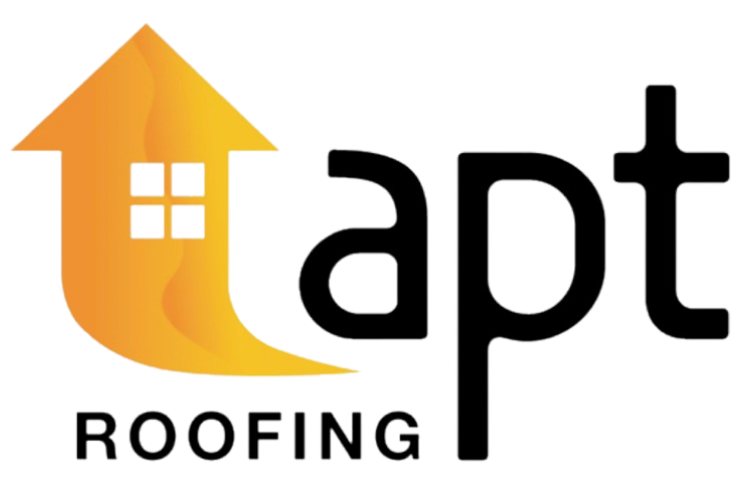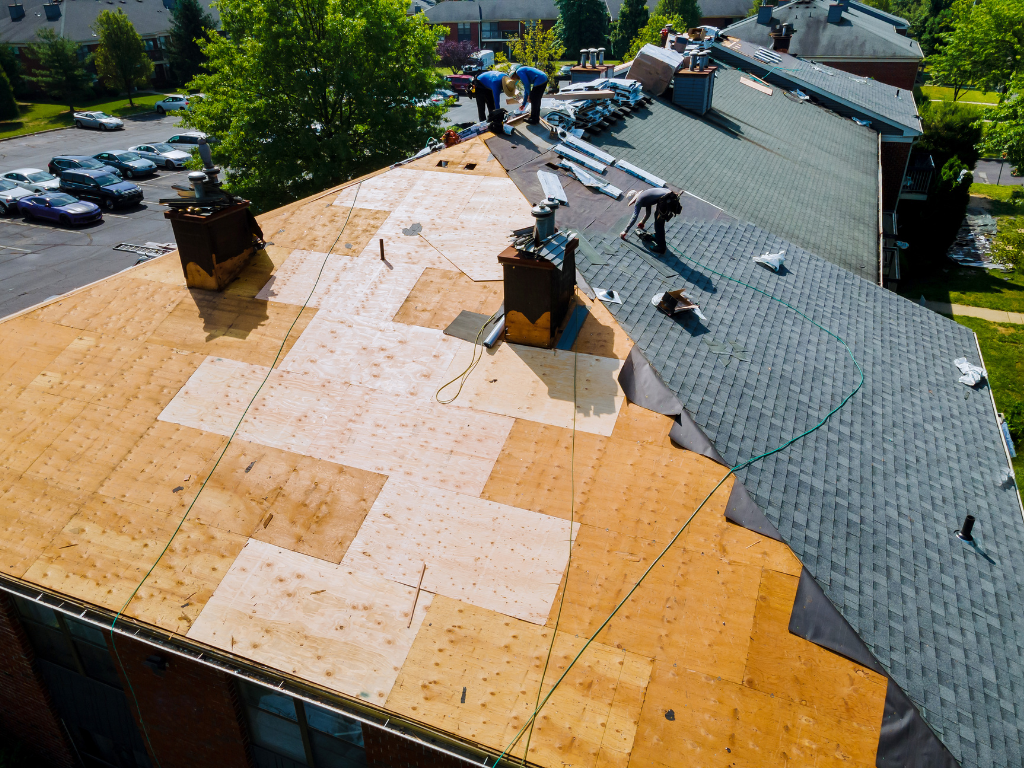Regular roof maintenance is an essential aspect of homeownership that often goes overlooked. The integrity of your roof is crucial for the overall safety and stability of your home. By conducting routine maintenance, homeowners can prevent minor issues from escalating into major, costly repairs. Maintaining your roof not only extends its lifespan but also ensures that your home remains safe and well-protected against various environmental elements.
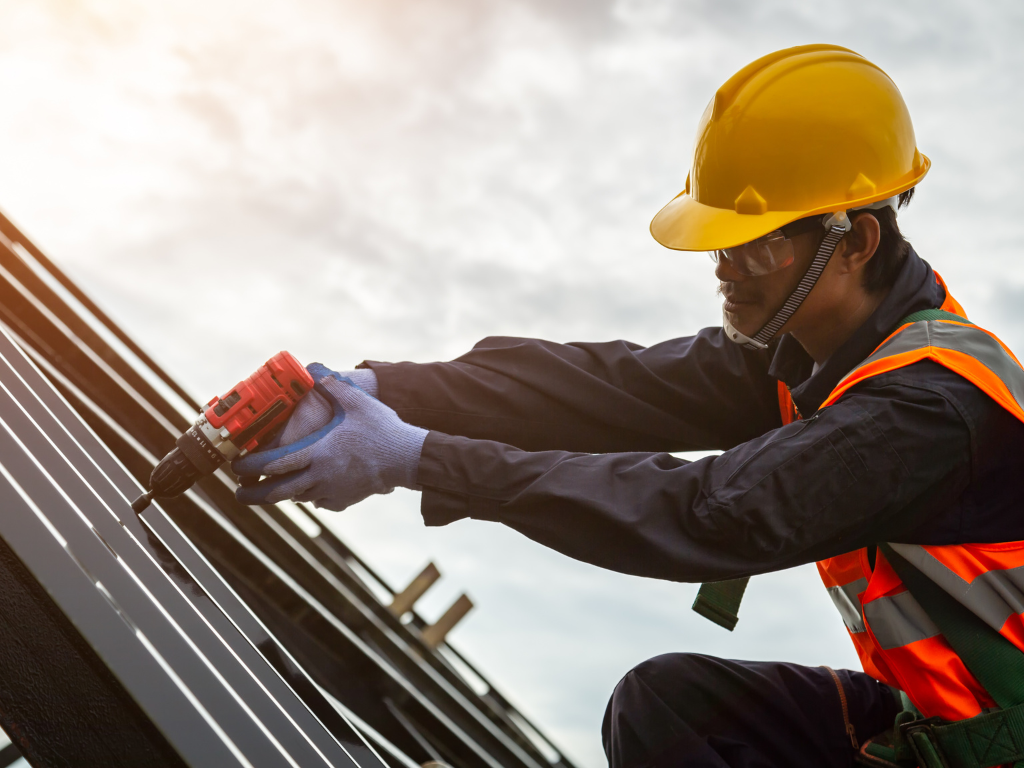
The significance of regular roof maintenance cannot be understated. It is pivotal in identifying potential problems early, such as leaks, damaged shingles, or wear and tear caused by weather conditions. Timely interventions can save homeowners significant expenses in the long run, as unaddressed minor issues can lead to severe damage, requiring extensive and expensive repairs or even a full roof replacement.
The Impact of Maintenance on Roof Longevity and Home Safety
Regular maintenance directly impacts the longevity of a roof. A well-maintained roof can surpass its expected lifespan, providing homeowners with years of additional service. More importantly, it plays a vital role in the safety of the home. A damaged or weakened roof can lead to water leaks, mold growth, and structural damage, posing risks to the occupants’ health and safety.
Routine Roof Maintenance Essentials
Key Components of Regular Roof Check-Ups
Regular roof check-ups should include a thorough inspection of several key components. These include checking for missing, loose, or damaged shingles or tiles, inspecting the roof for signs of algae or moss growth, and ensuring that gutters and downspouts are clean and functioning correctly. It’s also important to check for any signs of water damage or leaks, especially after extreme weather conditions.
Seasonal Maintenance Tips for Roof Care
Seasonal maintenance is crucial for keeping your roof in top condition. In the fall, it’s important to clear any debris, such as leaves and branches, that have accumulated on the roof and in the gutters. Winter calls for an inspection for damage caused by snow and ice. Spring and summer are ideal for repairing any damage caused by winter weather and preparing the roof for potential summer storms.
Identifying Common Roofing Issues
Recognizing Signs of Wear and Damage
Recognizing the signs of wear and damage early can prevent more significant issues. Look for cracked, curling, or missing shingles, signs of water damage on ceilings, and check for daylight coming through the roof boards. Regular inspection of the roof’s exterior and interior, including the attic, can reveal early signs of a problem.
Common Roof Problems and Their Indicators
Some common roof problems include leaks around chimneys, vents, and skylights, moss and algae growth, and damaged flashing. Blocked gutters can also lead to water buildup causing roof damage. Each of these issues has specific indicators, such as water stains, dampness in the attic, or visible damage to the roof components.
Preventive Measures for Roof Longevity
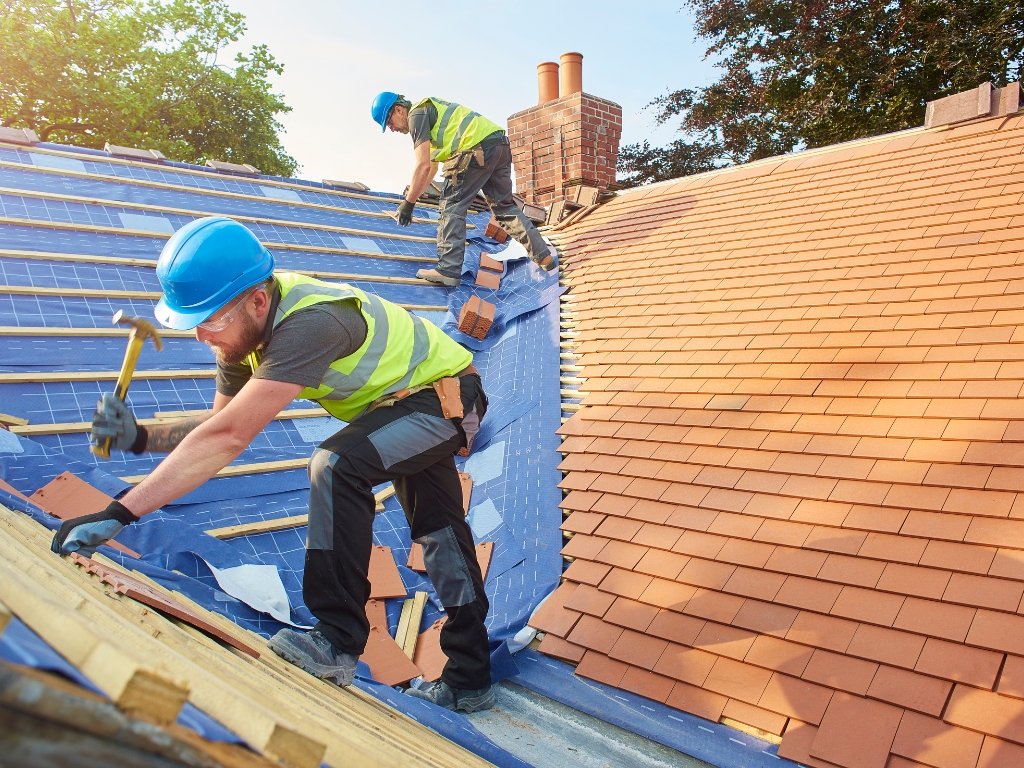
Strategies to Prevent Common Roof Issues
Ensuring the longevity of your roof involves adopting several preventive strategies. Regularly cleaning gutters and downspouts is crucial to prevent water accumulation and damage. Trimming overhanging tree branches can reduce the risk of physical damage and debris accumulation. Additionally, ensuring proper attic ventilation and insulation can help prevent ice dam formation and regulate roof temperature, reducing wear.
Importance of Proactive Maintenance
Proactive maintenance is key to extending the life of your roof. By addressing small issues promptly, you can prevent them from escalating into major problems. Regular checks, especially after severe weather conditions, can help identify potential vulnerabilities early on. A well-maintained roof not only ensures safety but also enhances the overall value of your property.
DIY Roof Maintenance Tips
Inspect Your Roof Regularly: Look for missing, damaged, or aging shingles and check for signs of wear around roof fixtures.
Clean Your Gutters: Keep gutters and downspouts clear of debris to prevent water backup and potential roof damage.
Check for Algae and Moss: Treat any algae or moss growth, as these can compromise roof materials over time.
Seal and Caulk: Ensure that all roof flashings, vents, and chimneys are properly sealed and caulked to prevent water penetration.
Safety First: Always prioritize safety. Use a sturdy ladder, wear non-slip shoes, and consider using a safety harness.
When to Tackle Maintenance Yourself and When to Call Professionals
While basic maintenance like cleaning gutters or inspecting for visible damage can be done DIY, more complex tasks such as repairing damaged shingles or addressing structural issues should be left to professionals. If you’re unsure about the extent of a problem or how to fix it, it’s always safer to consult with a roofing expert.
Professional Roof Inspections and Maintenance
The Role of Professional Inspections in Roof Maintenance
Professional roof inspections play a vital role in comprehensive roof maintenance. Roofing professionals have the expertise to identify issues that may not be obvious to the untrained eye. They can assess the overall condition of the roof, identify potential problems, and recommend appropriate repairs or preventative measures.
Choosing the Right Roofing Professional for Maintenance Services
Selecting the right professional for roof maintenance services is crucial. Look for licensed, insured, and experienced roofing contractors with good reputations. Check reviews, ask for references, and ensure they offer a warranty on their work. A reliable roofing professional can provide peace of mind by ensuring that your roof remains in optimal condition.
Dealing with Roof Leaks and Immediate Repairs
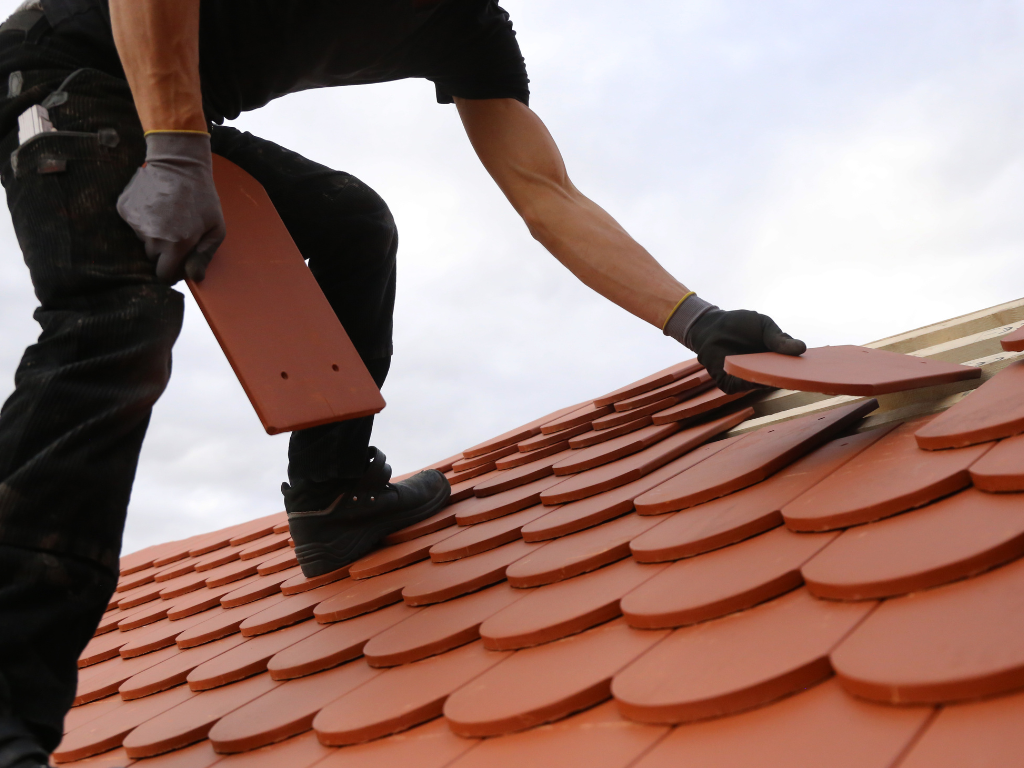
Steps to Address Minor Roof Leaks
When encountering minor roof leaks, the first step is to identify the source of the leak. This can often be traced to damaged shingles, faulty seals around vents, or compromised flashing. Once identified, small leaks can sometimes be temporarily patched with roofing cement or sealant as an immediate fix. However, it’s important to follow up with a professional assessment to ensure a permanent solution.
Understanding When Immediate Professional Intervention is Required
Immediate professional intervention is required when a roof leak is accompanied by extensive water damage, structural concerns, or when the cause of the leak cannot be easily identified or accessed. Large leaks, leaks in multiple locations, or those involving complex roof systems also warrant prompt attention from a roofing professional.
Long-term Roof Care Strategies
Planning for Long-term Roof Health
To ensure the long-term health of your roof, regular inspections and maintenance are crucial. This includes professional check-ups at least once a year or after major weather events. Proactive repairs, proper ventilation, and timely replacements of worn-out parts are essential components of a long-term roof care strategy.
Life Expectancy of Different Roofing Materials and Maintenance Implications
The life expectancy of roofing materials varies: asphalt shingles can last 15-30 years, metal roofing 40-70 years, and slate or tile roofs can last over 100 years with proper care. Each material has unique maintenance requirements, and understanding these can help in extending the life of your roof.
Cost Considerations in Roof Maintenance
Balancing Cost-Efficiency with Quality in Roof Care
| Maintenance Aspect | Estimated Cost Range (AUD) | Notes |
|---|---|---|
| Routine Check-Ups | $300 – $600 annually | Includes basic inspections and minor repairs |
| Unexpected Repairs | $500 – $2,000+ | Costs can escalate based on damage severity |
| Quality Materials | Varies by material | Higher upfront costs but longer lifespan |
| Skilled Labor | Varies by service | Higher costs but ensures quality and durability |
Balancing Cost-Efficiency with Quality in Roof Care
Balancing cost-efficiency with quality in roof care means investing in regular maintenance to avoid more significant expenses down the line. Choosing quality materials and skilled labor might have higher upfront costs but can result in long-term savings through increased durability and fewer repairs.
Conclusion
Regular roof upkeep is not just a maintenance task; it’s an investment in the safety, functionality, and longevity of your home. The benefits of consistent roof maintenance are numerous, ranging from extending the life of your roof to preventing costly damage to your home’s interior and structure. By being proactive about roof care, homeowners can avoid the stress and high costs associated with emergency repairs.
